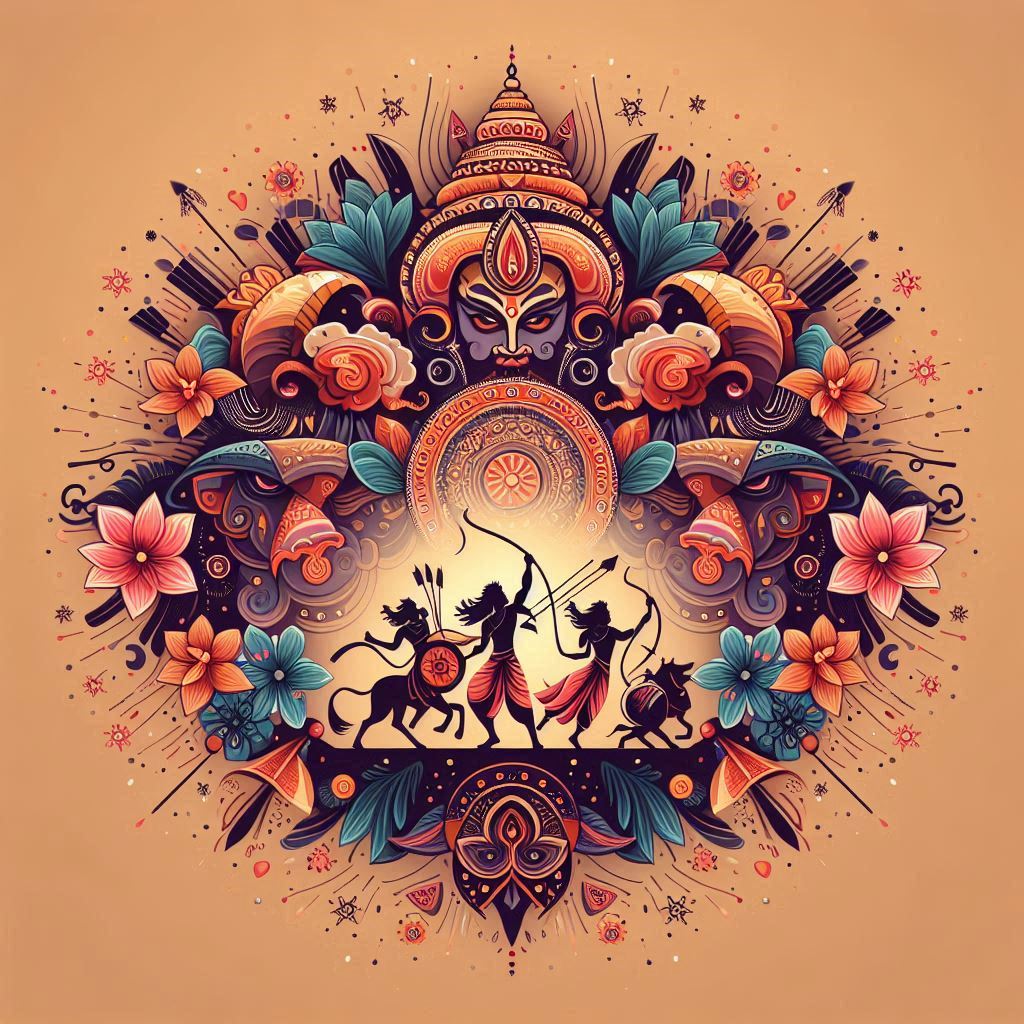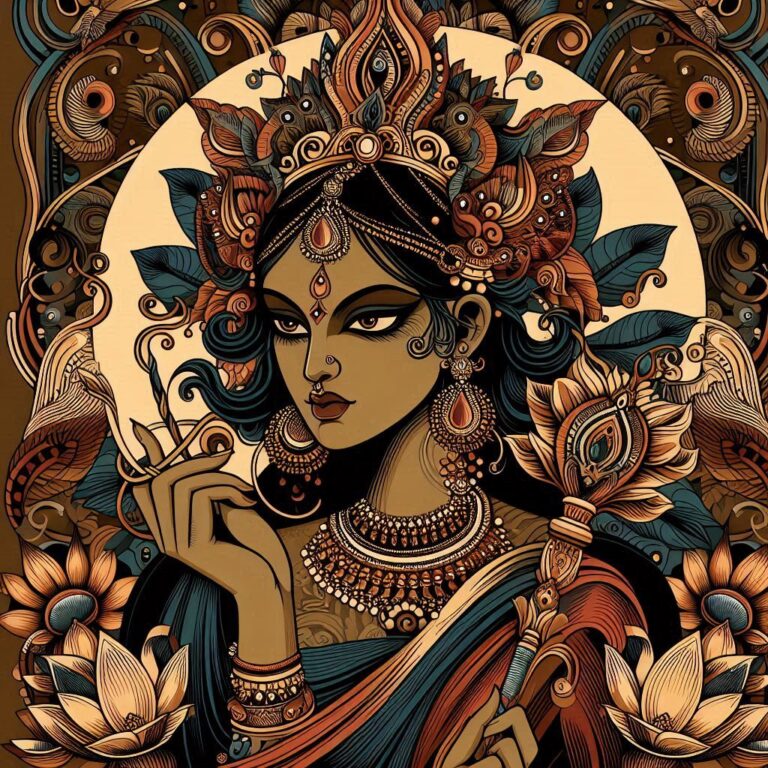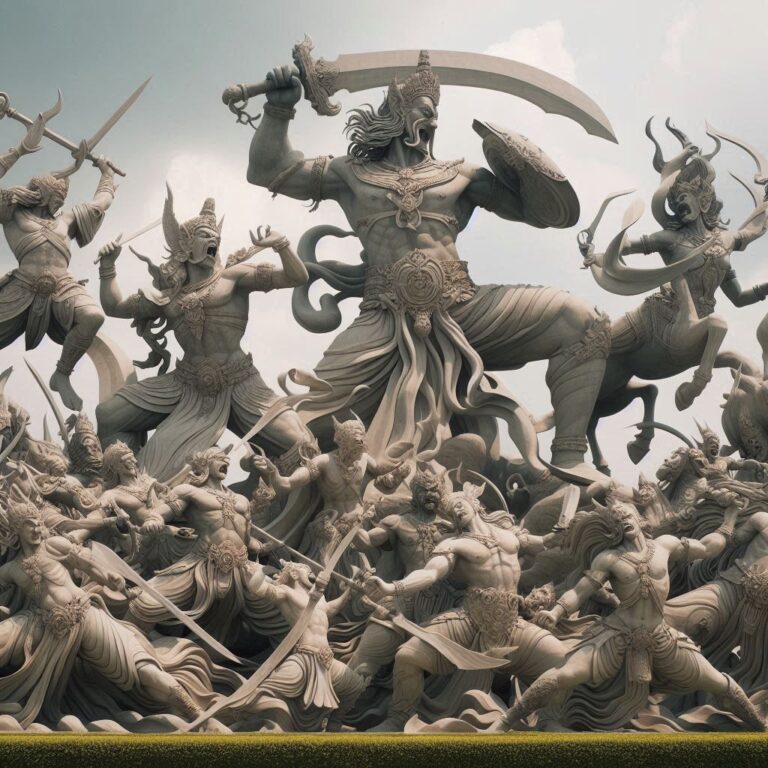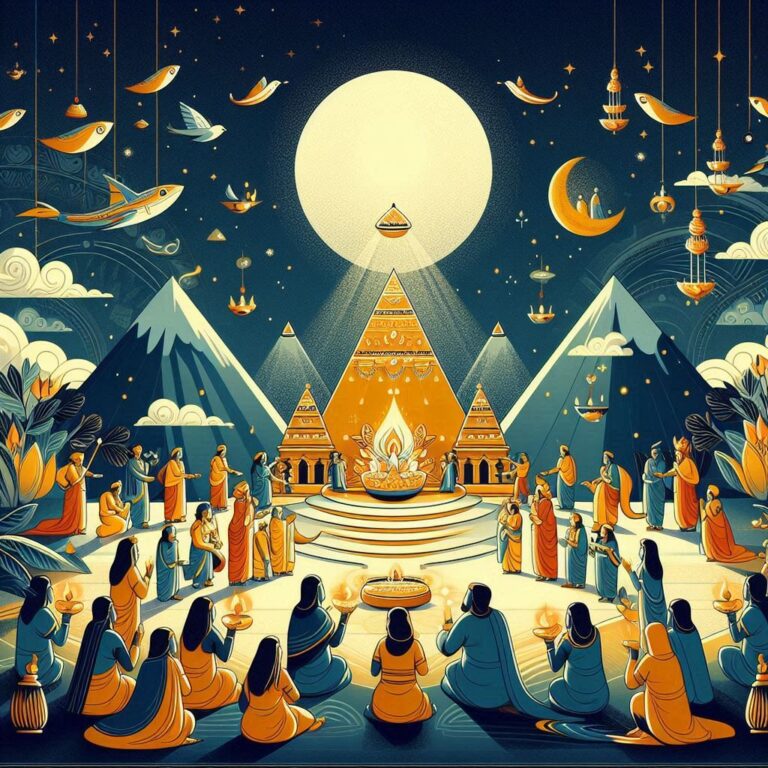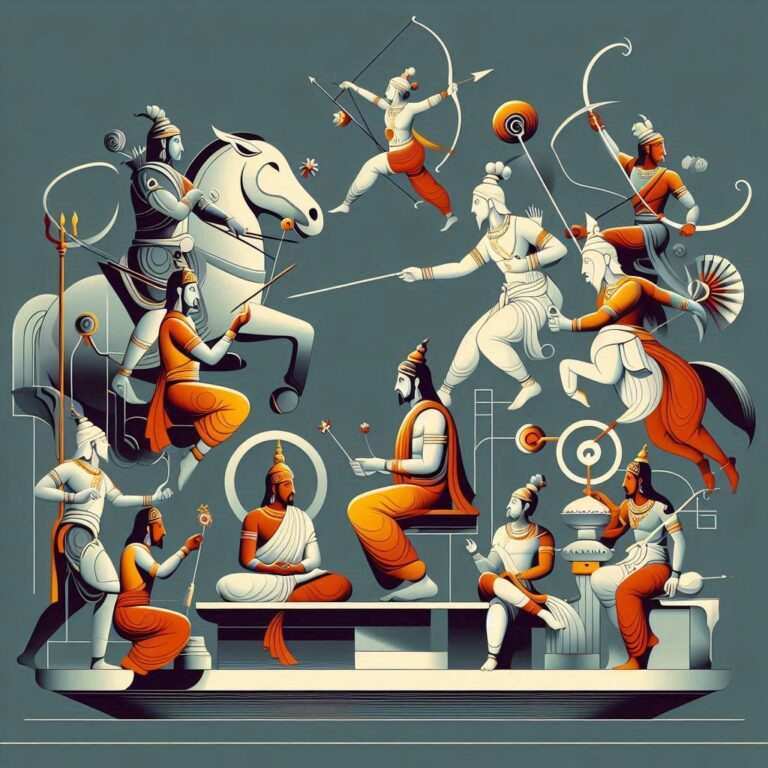Vijayadashami: Celebrating Rama’s Triumph Over Ravana
Vijayadashami: Celebrating Rama’s Triumph Over Ravana
Vijayadashami, also known as Dussehra, is a festival rich in mythology, culture, and traditions. It stands as a powerful reminder of the triumph of good over evil. As the air hums with excitement and enthusiasm, people from all walks of life come together to celebrate this significant day, marking the victorious return of Lord Rama after defeating the demon king Ravana. Sounds exciting, right? Let’s dive into this vibrant festival, uncover its historical significance, and how it’s celebrated today.
What Is Vijayadashami?
Vijayadashami literally translates to “the tenth day of victory.” It marks the end of Navratri, a nine-night festival dedicated to Goddess Durga, culminating in a grand celebration. The festival usually falls in September or October, during the Shukla Paksha of Ashwin month in the Hindu calendar.
Now you might be wondering, why the tenth day? Well, it is believed that Lord Rama defeated Ravana on this very day, rescuing his wife, Sita, from the clutches of evil. The tales of valor and dharma (righteousness) associated with this epic struggle are celebrated widely across the country in various forms.
Hariharama: The Engaging Tale of Victory
Before we rush into the celebrations, it’s essential to explore the epic backdrop that sets the stage for Vijayadashami. Let’s paint a picture here, shall we?
Despite being attributed to various texts, the most notable tale emerges from the ancient epic, Ramayana. As you might know, Ravana kidnapped Sita, which led to a massive upheaval. Lord Rama, with the help of his loyal companions – Hanuman and his brother Lakshmana – fought valiantly against Ravana’s forces on the battlefield of Lanka. The arts, the strategies, and the suspense of their confrontation keep us on the edge of our seats, even today.
Here’s a beautiful Doha that encapsulates the essence of this epic struggle:
श्रीराम ने कहा, “हम अक्रांत में हैं, जो अपने धर्म से विचलित नहीं होगा।”
Shriram ne kaha, “Hum akrant mein hain, jo apne dharm se vichalit nahin hoga.”
(Shri Ram said, “We are under attack, the one who does not deviate from his duty will triumph.”)
Isn’t it astonishing? This thought has resonated through generations, providing a moral compass for many.
How Do We Celebrate Vijayadashami?
Now, let’s get to the fun part! People celebrate Vijayadashami in a myriad of ways. The celebration varies not only across regions but also within communities, making it a rich tapestry of cultural traditions. Here are a few highlights:
1. Ramlila: The Theatrical Reenactment
One of the most exciting aspects of Dussehra is the enactment of Ramlila. It is a theatrical performance that narrates the life of Lord Rama, focusing on his journey, struggles, and ultimate victory over Ravana. This performance features elaborate costumes, vibrant sets, and talented actors, making it a thrilling and engaging experience for viewers.
From children to the elderly, the excitement in the air is tangible. It’s like attending a live-action film but with added cultural depth!
2. Burning of effigies of Ravana
Have you ever seen a 30-foot effigy towering over a crowd? As the sun sets on Vijayadashami, massive effigies of Ravana, Meghnath, and Kumbhkaran are set ablaze. This ritual symbolizes the destruction of evil and the triumph of good. The fiery explosions and the cheering crowd create a spectacle that’s hard to forget. It’s almost as if the flames speak—telling tales of joy and victory.
3. Festive Feasts
What’s a celebration without food? The day is marked with delicious feasts, often featuring regional specialties. Whether it’s sweets like Gulab Jamun or savory snacks, families come together to share meals, laughter, and behind-the-scenes stories that bind them closer.
4. Visiting Temples and Praying for Prosperity
A day dedicated to reflecting on the divine, many people visit temples or hold poojas in their homes seeking blessings for prosperity and peace. There’s something undeniably magical about the ambience of freshly lit diyas and the scent of incense wafting through the air.
5. Cultural Programs and Competitions
In schools and societies, cultural programs and competitions bring children and adults together in joyous celebration. Whether it’s dancing, singing, or storytelling, the essence of community shines through as everyone participates and shares their talents.
The Philosophical Underpinnings
As fascinating as the festivities are, the underlying messages are what truly elevate this festival’s significance. Vijayadashami isn’t just about revelry—it’s a deep reflection on life itself.
The narratives remind us of the complexity of human nature, where good and evil coexists within. For instance, the character of Ravana embodies power but also illustrates the perils of greed and lust.
This leads us to a profound Shloka:
धर्मं स्थापना हेतु हेतु।
Dharmam Sthapana Hetu Hetu.
(The purpose of Dharma is to establish righteousness.)
It instills a sense of responsibility within each follower, urging them to be steadfast in their own personal battles against temptation and moral dilemmas.
Regional Variations in Celebrations
As I mentioned earlier, the vibrant celebration of Vijayadashami varies remarkably across regions:
1. North India
In North India, Ramlila is highly popular, followed by the burning of effigies. The atmosphere is a mix of devotional hymns and spirited celebration. Here Punjabi traditions merge with traditional Hindu practices, creating a diverse spectacle.
2. West India
In Gujarat, the festival transforms into Navratri celebrations, where people engage in Garba and Dandiya dances, celebrating the power of Goddess Durga.
3. South India
In places like Tamil Nadu, Vijayadasami is also a day to reflect on new beginnings. People start new ventures or return to education, believing it to be an auspicious time.
4. East India
Bengalis celebrate this day with Durga Visarjan, bidding farewell to Goddess Durga while simultaneously welcoming the spirits of renewal.
5. Northeast India
The festival is usually a quieter affair in some northeastern states, where it emphasizes reflection and community over grand celebrations.
Conclusion
So there you have it! Vijayadashami is much more than just a festival; it’s an intricate blend of culture, devotion, and philosophy. It reminds us that no matter how dark the days may seem, the light of righteousness will always prevail. So when you see that effigy burn, remember, it’s not just a ritual; it’s a powerful statement that echoes through time against oppression and evil.
In the words of another Doha:
दशहरे पर लहराएगी ध्वजा, जो वीर हैं वे संग्राम लड़े।
Dashahare par lahraayegi dhvaja, jo veer hain ve sangraam lade.
(On Vijayadashami, the flag will wave for those who are brave and fight for justice.)
May this festival inspire courage in all of us to keep battling our inner Ravanas!
FAQs
-
What does Vijayadashami symbolize?
Vijayadashami symbolizes the victory of good over evil, specifically commemorating Lord Rama’s triumph over Ravana. -
Why is Ramlila performed?
Ramlila is performed to educate and entertain audiences about Lord Rama’s life and values promoting righteousness and duty. -
How is Vijayadashami celebrated in different cultures?
It varies greatly, with North India focusing on Ramlila and effigies, while regions like Gujarat celebrate with Garba, and South India emphasizes educational endeavors.
-
What is the best food to enjoy during Vijayadashami?
Festive delicacies vary regionally, but sweets like Gulab Jamun and savory snacks are commonly enjoyed across the country. -
Is Vijayadashami only a Hindu festival?
While primarily a Hindu festival, it has been embraced by various communities and cultures, adapting its essence to local beliefs and traditions.
Let the spirit of Vijayadashami inspire you to embrace goodness and celebrate life! 🌼

